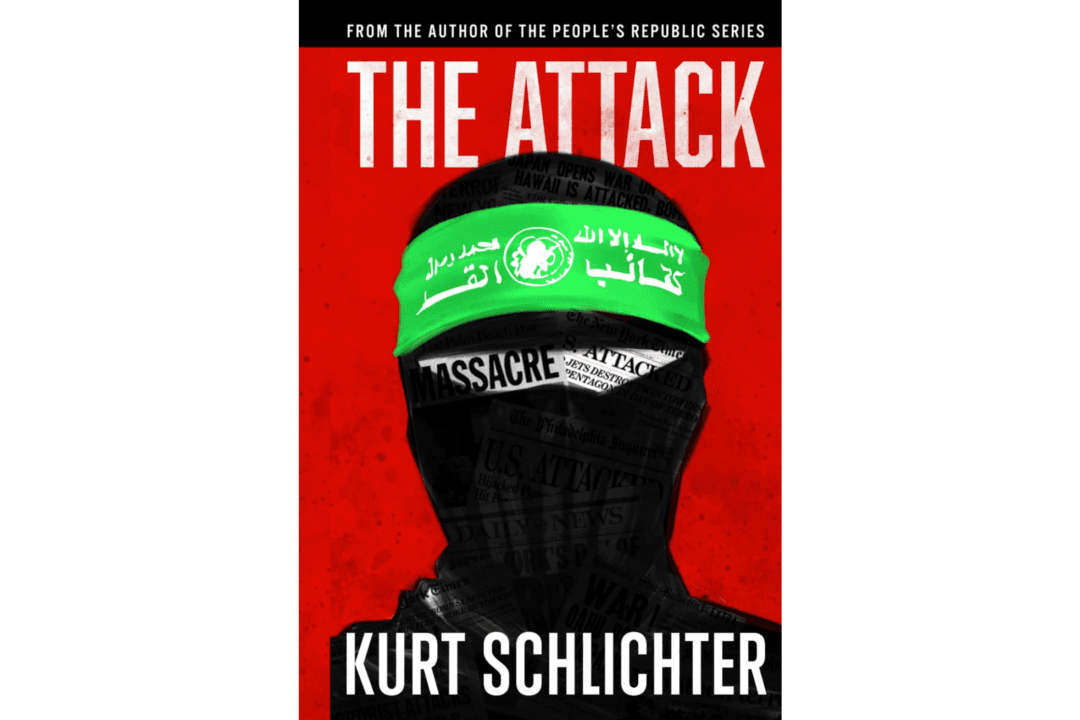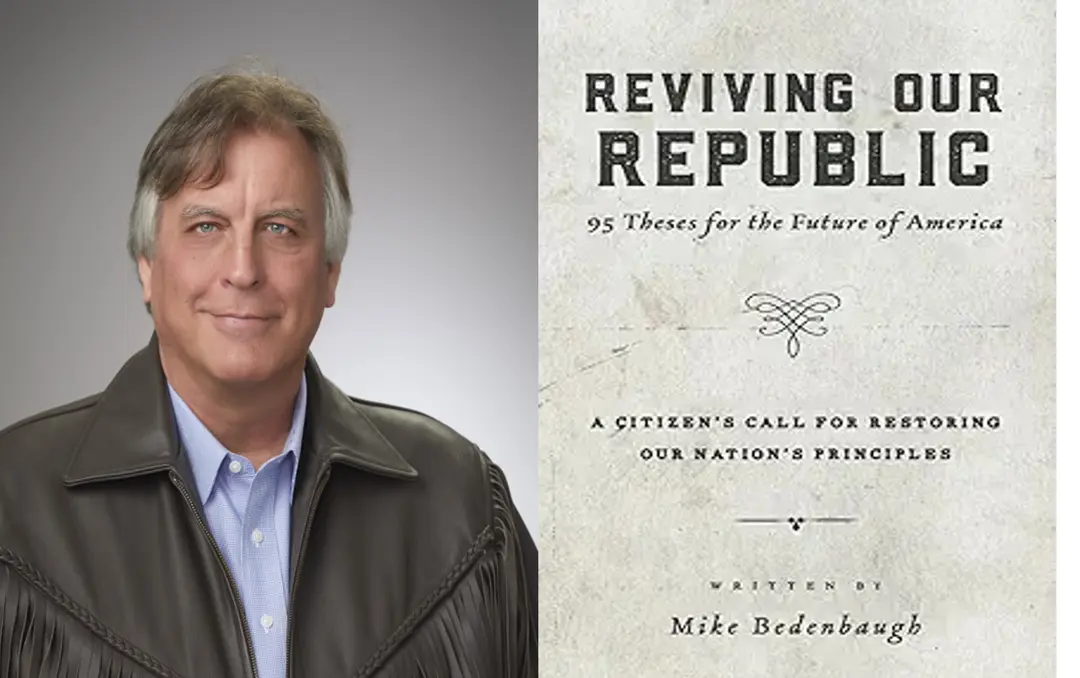Could terrorists conduct an Oct. 7 Hamas-type attack in the United States? How much carnage could they inflict over a three-day period on a population with significant vulnerabilities and no geographical borders? Author Kurt Schlichter tells us in his terrifying new novel “The Attack.”
“The Attack,” written and published in just three months, belongs on the bookshelf with such classics as George Orwell’s “1984” and Aldous Huxley’s “Brave New World,” with one important caveat: Mr. Schlichter’s book describes America decisively fighting back against totalitarianism and correcting course before all is lost.






